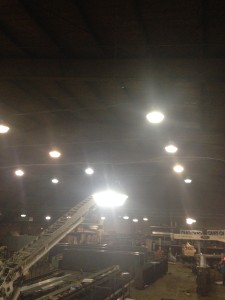Appropriate lighting levels can affect how smoothly and efficiently a manufacturing plant is run. Poor lighting can have an adverse affect on safety, security, quality control and the bottom line.
To understand light levels, it’s useful to start with a few definitions. Both lumens and footcandles measure the illuminating power of a light source (as opposed to how much energy they use or produce – that’s measured in watts). Lumen is a metric unit measuring the total amount of visible light emitted by a source – in other words, light as it is perceived by the human eye. For example, a 40-watt incandescent lamp emits between 380 and 406 lumens.
Unlike a luman, a footcandle is not a standard international unit. In practical applications, it’s used to measure the amount of light that reaches the surface of an object near the light source. When planning a lighting retrofit in a manufacturing plant, for example, you would need to know how many footcandles of light are currently reaching the work plane from the overhead high bay fixtures. (A footcandle is actually one lumen of light density per square foot.)
The design guide for industrial facilities published by the Illuminating Engineers Society of North America (IESNA) is very detailed, breaking out footcandle recommendations by industry, such as food & beverage, shoe manufacturing and printing. For each industry, there are different recommendations for different areas and tasks. In shipping and receiving areas, for example, workers need to be able to read shipping documents, which may require task lighting. At loading docks, sufficient overhead lighting is required to safely and efficiently move equipment and materials. The following shows recommended levels for iron and steel manufacturing:
| Stock, hot top, checker cellar, calcining | 10-30 footcandles |
| Building, slag pits, stripping yard | 20 footcandles |
| Control platforms, repairs, mixer building | 30 |
| Rolling mills | 30-50 |
| Shearing | 50 |
| Tin Plate | 50 |
| Motor Room, Machine Room | 30 |
| Inspection | 100 |
In addition to the tasks taking place, lighting design should also take into account the age of the workers, how much activity takes place in a particular area, and the size of the objects being handled. Small objects with small labels may require 20 to 50 footcandles, while large items may require only 10 to 20.
Another factor in setting light levels is the color of the walls and ceilings. Generally, dark colored walls and ceilings require more illumination than light-colored surfaces. Light-colored, highly-reflective ceilings are better able to re-direct the percentage of light that is directed upwards by industrial fixtures.
A good lighting design will take all these factors into account, creating an environment that’s comfortable for employees and allows them to accomplish their work safely and accurately.
Eastern Sign Tech, a company specializing in hi-rise and stadium scoreboard signage, hired GreenTech to replace metal halides and incandescent lighting with new LED and fluorescent technology. The original goal was energy savings but an added benefit was greatly improved light levels.
 |
 |
